- Have any questions?
- +86-189 8930 5995
- sales@mosinterchem.com.cn
Vemurafenib (Plx4032, Rg7204) CAS 1029872-54-5

Daunorubicin hydrochloride CAS 23541-50-6
19/12/2018
Gefitinib CAS 184475-35-2
19/12/2018| Model: | MOS 1029872-54-5 |
| Place of Origin: | Zhejiang,China (Mainland) |
| Molecular Formula: | C23H18ClF2N3O3S |
| Molecular Weight: | 489.92 |
| Specification: | CP/USP/EP |
| Content: | 98% |
| Brand: | MOSINTER |
Vemurafenib (Plx4032, Rg7204) ( CAS: 1029872-54-5 )
| Item | Index |
| Molecular Formula | C23H18ClF2N3O3S |
| Molecular Weight | 489.92 |
| Specification | CP/USP/EP |
| Content | 98% |
Vemurafenib (Plx4032, Rg7204) is a B-Raf enzyme inhibitor developed by Plexxikon (now part of the Daiichi Sankyo group) and Genentechfor the treatment of late-stage melanoma. The name “vemurafenib” comes from V600E mutated BRAF inhibition.
Vemurafenib received FDA approval for the treatment of late-stage melanoma on August 17, 2011,making it the first drug designed usingfragment-based lead discovery to gain regulatory approval. Vermurafenib later received Health Canada approval on February 15, 2012 and on February 20, 2012, the European Commission approved vemurafenib as a monotherapy for the treatment of adult patients with BRAF V600 mutation positive unresectable or metastatic melanoma, the most aggressive form of skin cancer.
Mechanism of action
Vemurafenib has been shown to cause programmed cell death in melanoma cell lines. Vemurafenib interrupts the B-Raf/MEK step on the B-Raf/MEK/ERK pathway − if the B-Raf has the common V600E mutation.
Vemurafenib only works in melanoma patients whose cancer has a V600E BRAF mutation (that is, at amino acid position number 600 on the B-Raf protein, the normal valine is replaced by glutamic acid). About 60% of melanomas have this mutation. It also has efficacy against the rarer BRAF V600K mutation. Melanoma cells without these mutations are not inhibited by vemurafenib; the drug paradoxically stimulates normal BRAF and may promote tumor growth in such cases.
Resistance
Three mechanisms of resistance to vemurafenib (covering 40% of cases) have been discovered:
-
- The cancer cells begin to overexpress a cell surface protein PDGFRB creating an alternative survival pathway.
- A second oncogene called NRAS mutates, reactivating the normal BRAF survival pathway.
- Stromal cell secretion of hepatocyte growth factor (HGF).
Clinical trials
In a phase I clinical study, vemurafenib (then known as PLX4032) was able to reduce numbers of cancer cells in over half of a group of 16 patients with advanced melanoma, and the treated group had a median increased survival time of 6 months over the control group. A second phase I study, in patients with a V600E mutation in B-Raf, ~80% showed partial to complete regression. However the regression only lasted from 2 to 18 months.
In early 2010 a Phase I trial for solid tumors (including colorectal cancer), and a phase II study (for Metastatic Melanoma) were ongoing,[18]and a phase III trial (vs dacarbazine) in patients with previously untreated Metastatic Melanoma had been started.
In June 2011, positive results were reported from the phase III BRIM3 BRAF-mutation melanoma study. Further trials are planned including a trial where vemurafenib will be co-administered with GDC-0973, a MEK-inhibitor.
The BRIM3 trial reported good updated results in 2012.
Side effects
At the maximum tolerated dose (MTD) of 960 mg twice a day 31% of patients get skin lesions that may need surgical removal. The BRIM-2 trial investigated 132 patients; the most common adverse events were arthralgia in 58% of patients, skin rash in 52%, and photosensitivity in 52%. In order to better manage side effects some form of dose modification was necessary in 45% of patients. The median daily dose was 1750 mg, which is 91% of the MTD.
You must be logged in to post a review.

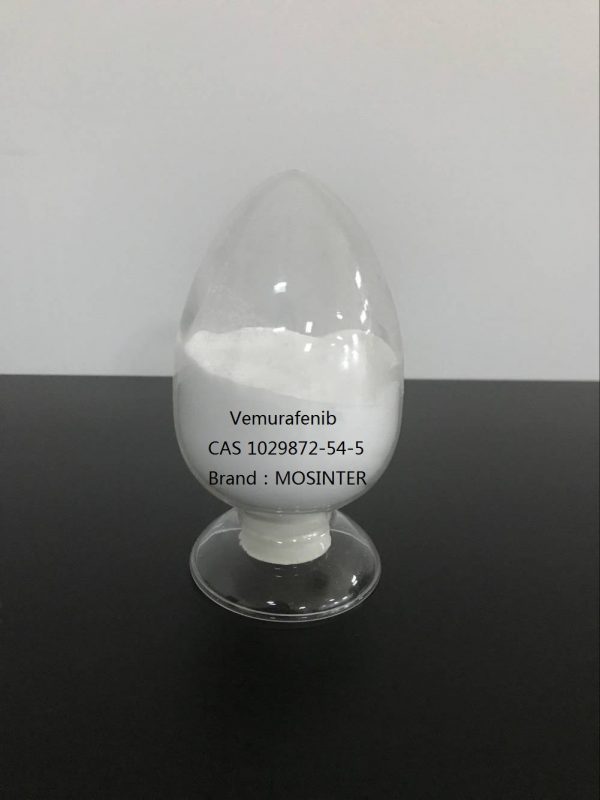
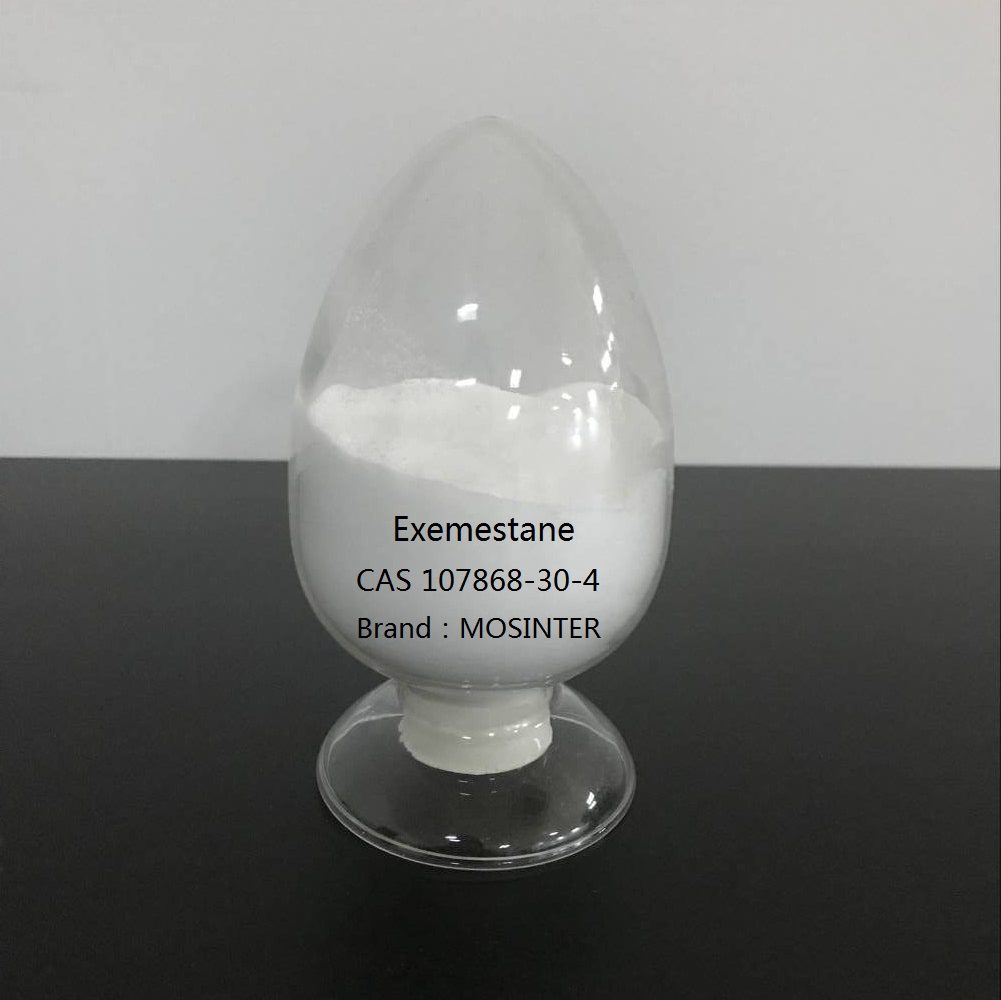
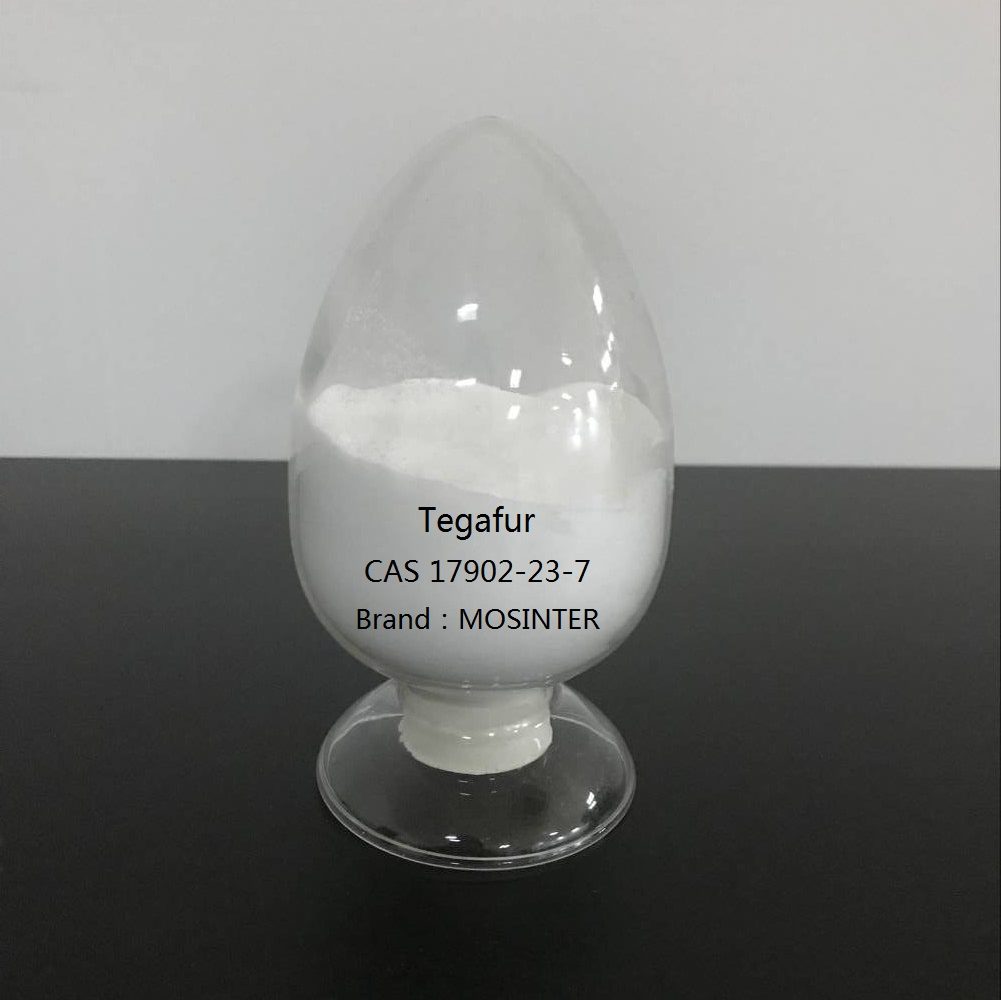
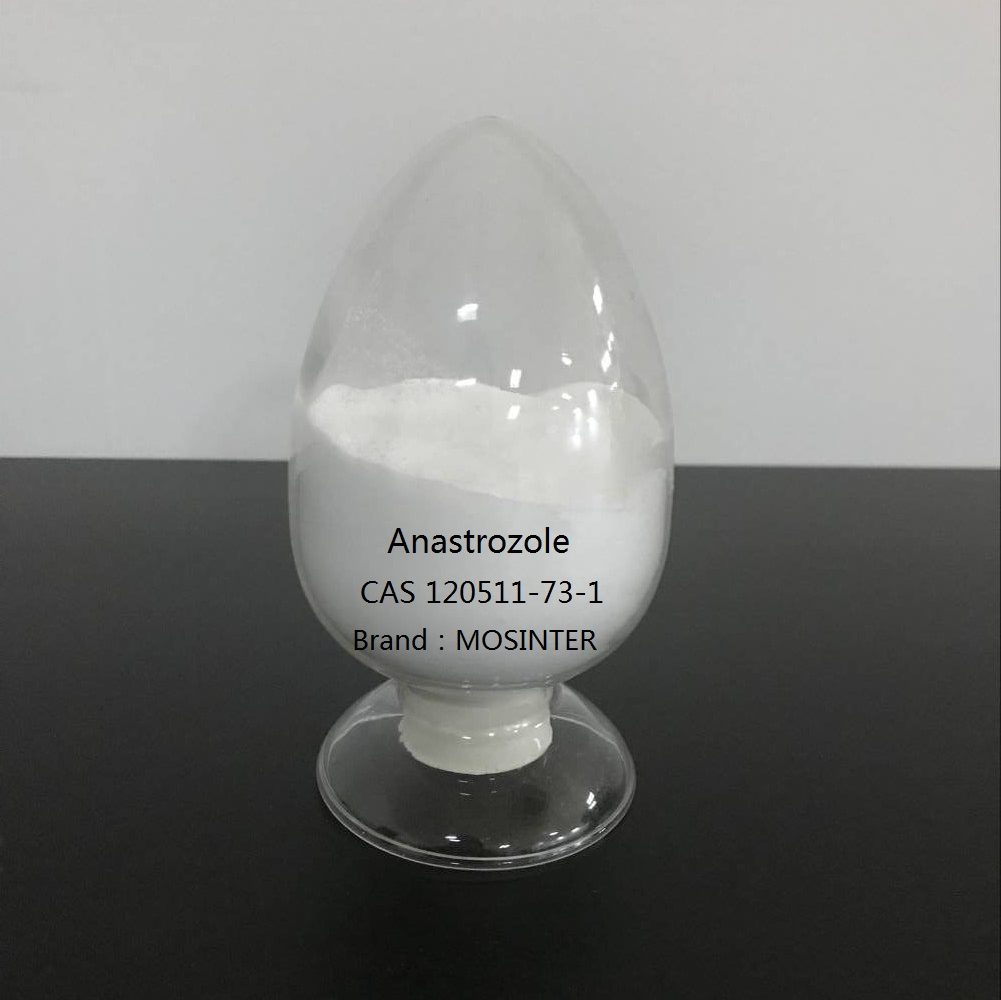
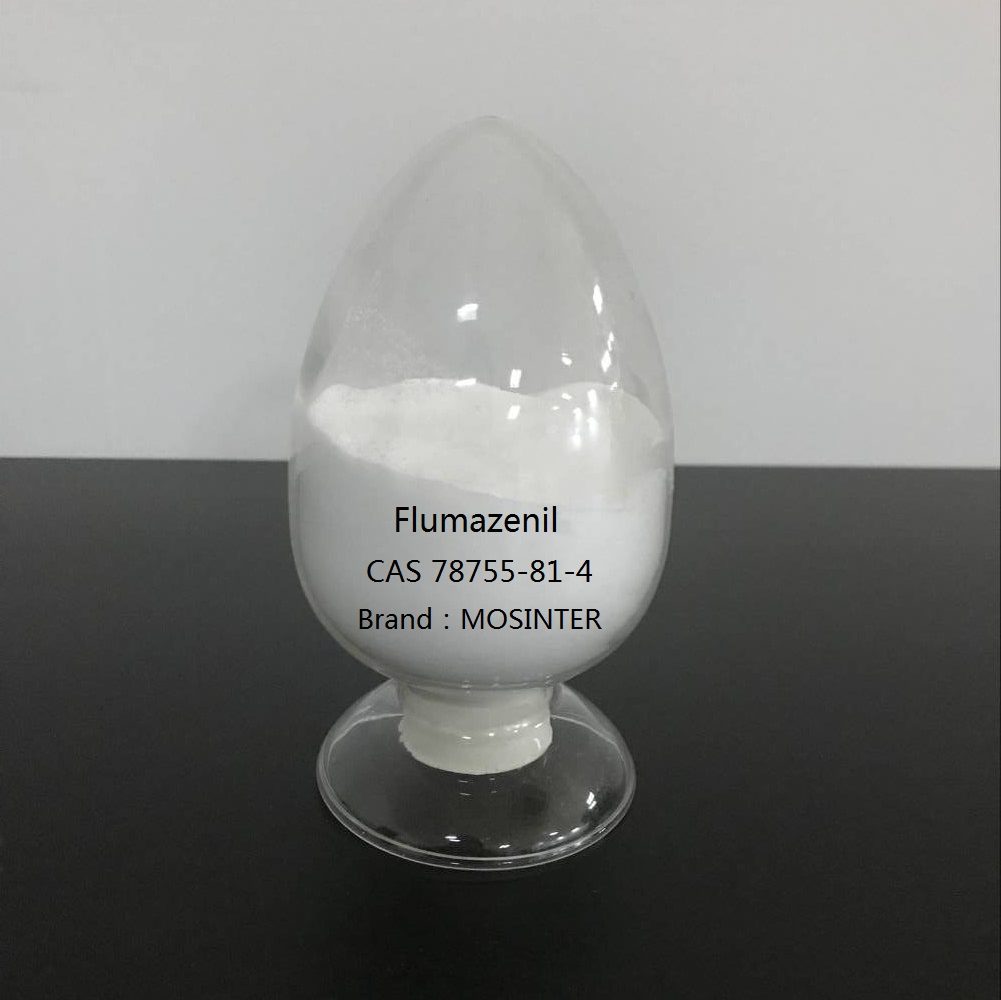
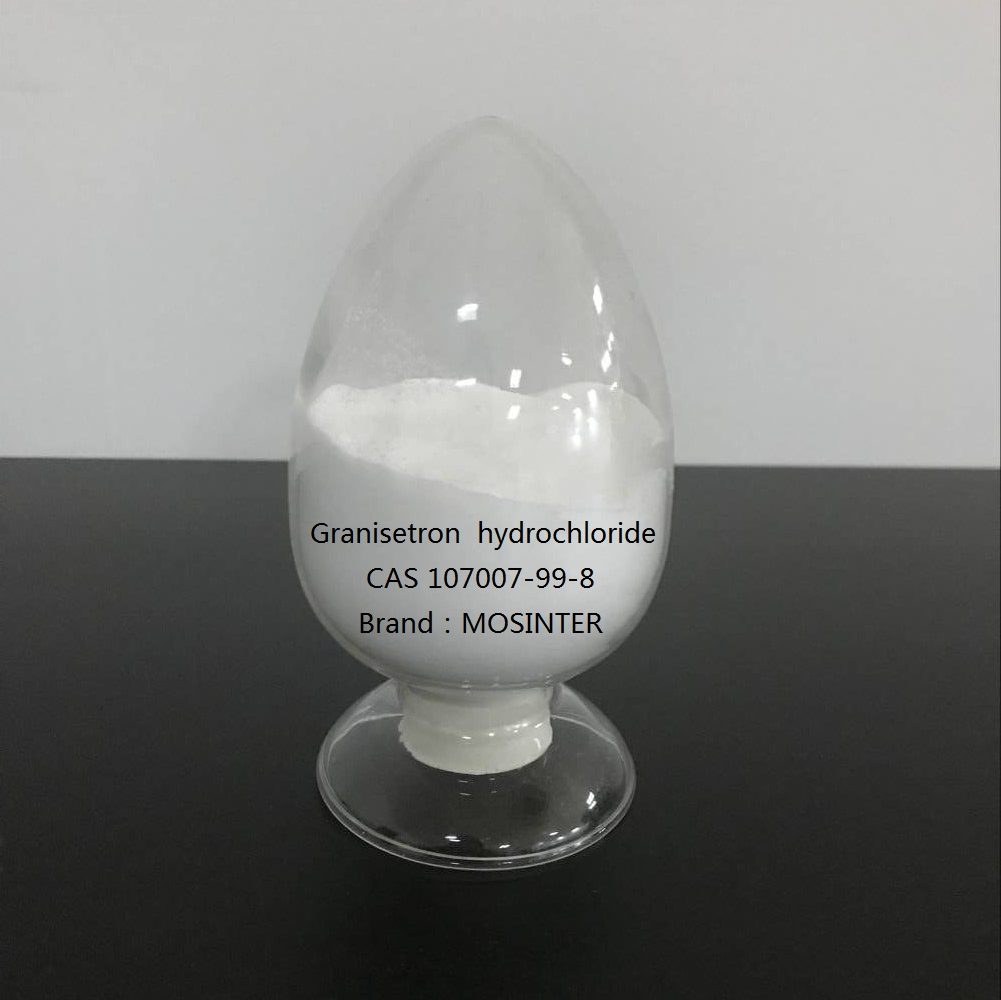
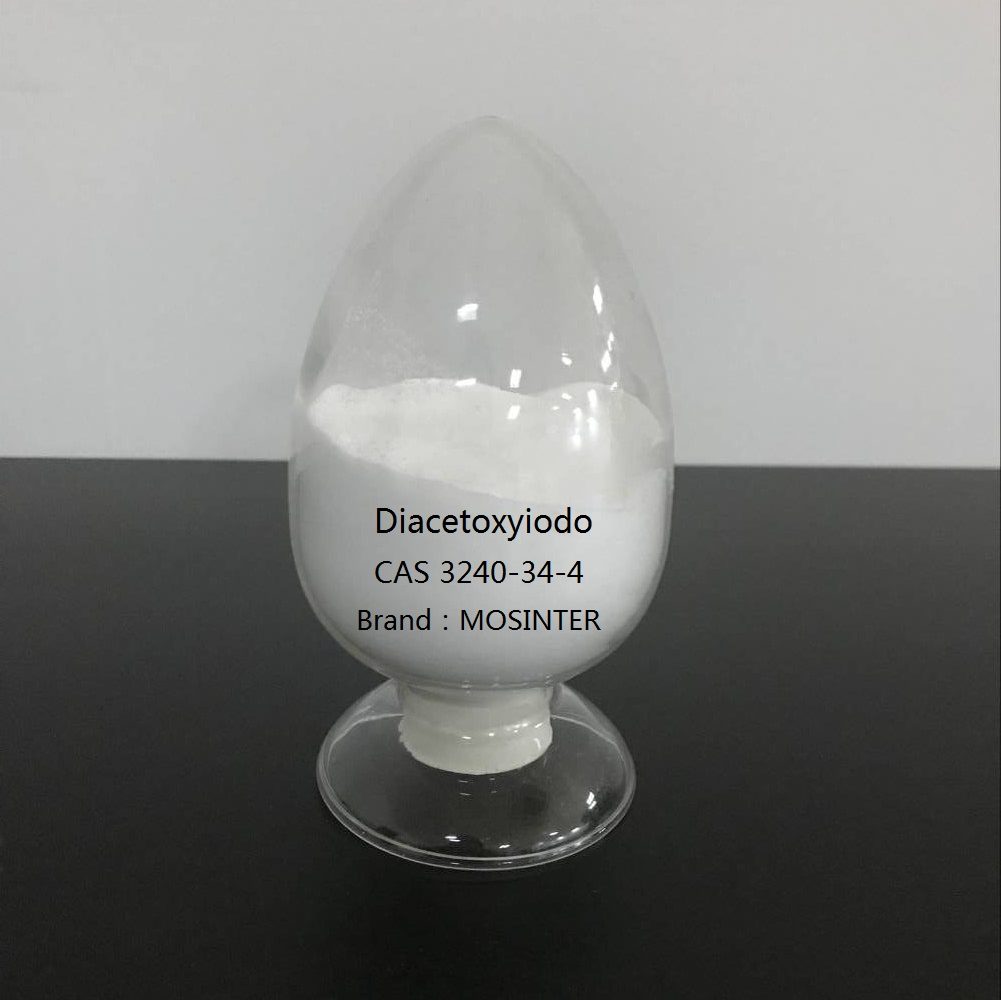
Reviews
There are no reviews yet.